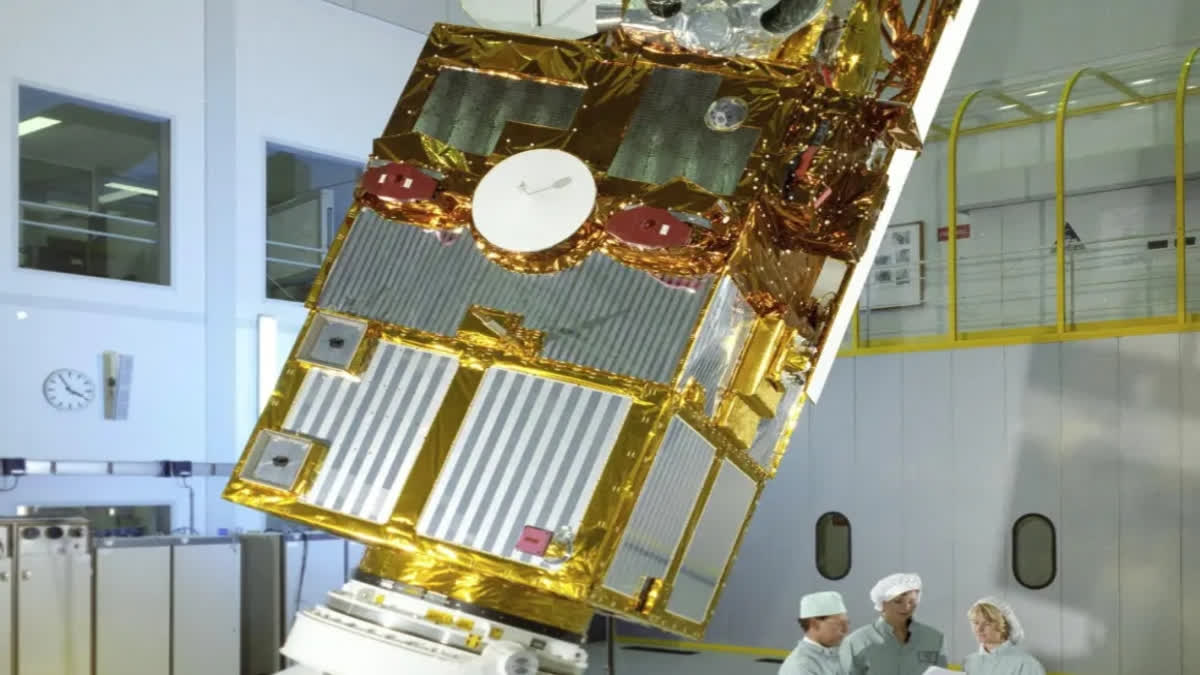Cape Canaveral, Fla. : An old Earth-observing satellite fell out of orbit Wednesday and harmlessly broke apart over the Pacific. The European Remote Sensing 2 satellite reentered halfway between Hawaii and Alaska. The European Space Agency confirmed the demise of the 5,000-pound (2,300-kilogram) spacecraft, known as ERS-2.
No damage or injuries were reported. Experts had expected most of the satellite to burn up. Launched in 1995, the spacecraft was retired in 2011. Flight controllers quickly lowered its orbit to avoid hitting other satellites, using up all the fuel, and natural orbital decay took care of the rest. Its entry was uncontrolled, and so the precise location could not be predicted.
"Gone, but not forgotten," ESA said on X, formerly Twitter. "ERS-2 left a remarkable legacy of data that still continue to advance science." Its predecessor, ERS-1, which failed and stopped working decades ago, remains in orbit.
Read More
Iran launches satellite that is part of a Western-criticized program as regional tensions spike


